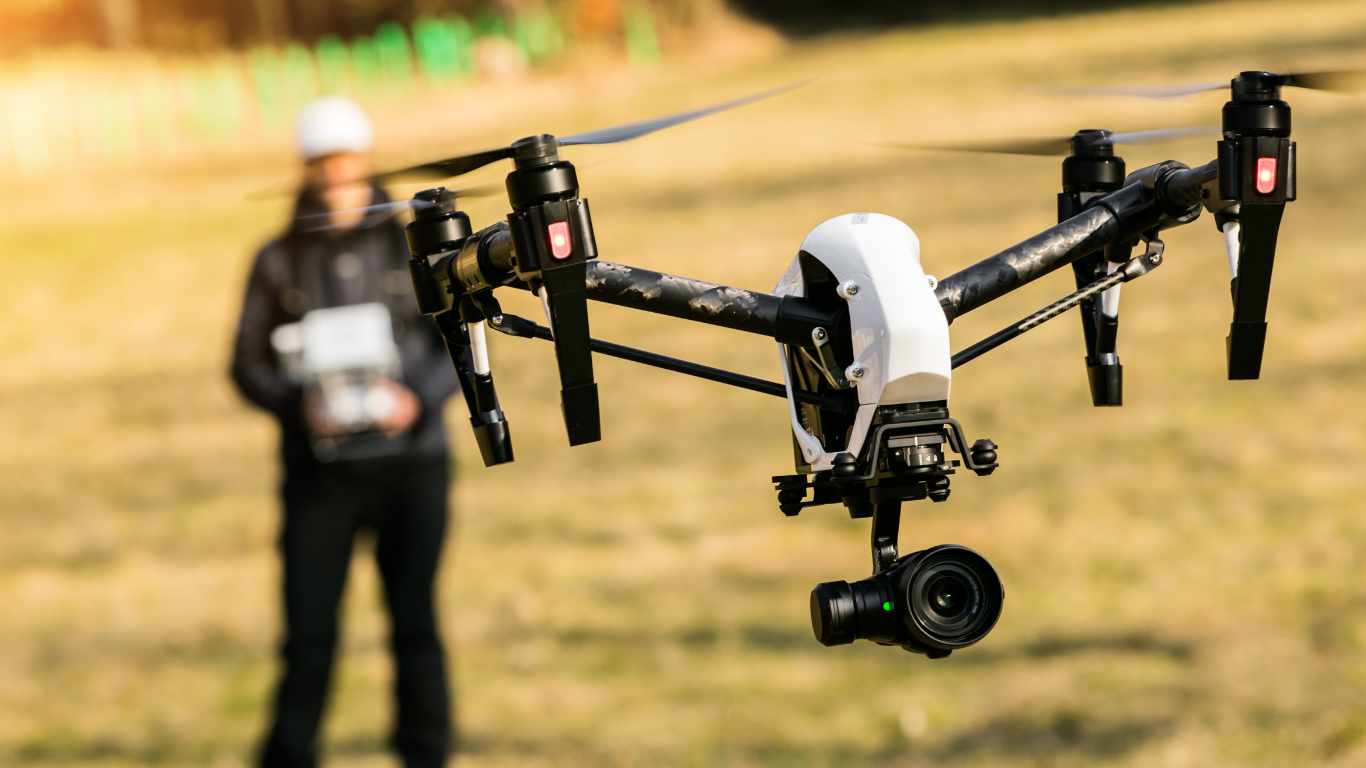In an age where drones have become increasingly common and versatile, concerns regarding their potential misuse and intrusion have led to the development of technologies like drone jammers. Drone jammers are advanced tools designed to counter unauthorized drone flights by disrupting their communication and control systems.
This article delves into the concept of drone jammers, their functionality, types, applications, and the ethical considerations surrounding their use.
What is Drone Jammers?
Drone jammers are devices specifically designed to neutralize or interfere with the operation of drones. They work by emitting radio frequency signals that interfere with the drone’s communication signals, effectively disrupting its connection to its operator and rendering it incapable of following commands. Drone jammers can be used in various scenarios, such as protecting sensitive areas, events, or military installations.
How Drone Jammers Work
Drone jammers operate by emitting electromagnetic signals on the same frequencies used by drones for communication and navigation. These signals create interference that disrupts the drone’s control link, GPS system, and video transmission. This interference causes the drone to lose its ability to communicate with its operator, leading to either a forced landing or the drone returning to its point of origin. Depending on the specific use case, drone jammers can be manually operated or automated.
Types of Drone Jammers
Several types of drone jammers are available, each with its own capabilities and features. Some common types include:
- Portable Drone Jammers: Handheld devices that are effective in smaller areas.
- Fixed Drone Jammers: Stationary installations used to protect larger areas.
- Vehicle-Mounted Drone Jammers: Installed on vehicles for mobile protection.
- Directional Drone Jammers: Target specific drones without affecting others.
- Multiband Drone Jammers: Can disrupt multiple frequency bands.
Applications of Drone Jammers
Drone jammers find applications in various sectors:
- Security: Protecting critical infrastructure, public events, and high-profile individuals.
- Military: Preventing enemy drones from conducting surveillance or delivering payloads.
- Correctional Facilities: Preventing drones from delivering contraband to prisons.
- Airports: Mitigating the risk of drones interfering with aircraft operations.
- Privacy: Preventing unauthorized drone surveillance in private areas.
Legal and Ethical Considerations
Jammers for drones may have useful applications, but there are moral and ethical questions that arise when they are used. Many countries strictly regulate the use of such devices due to the potential for collateral disruption of legitimate communication systems. Ensuring that drone jamming doesn’t interfere with emergency services, aviation, or communication networks is crucial.
Effectiveness and Limitations
Drone jammers are effective tools for countering unauthorized drone activities. However, their effectiveness can vary based on the drone’s design, the sophistication of the jammer, and environmental factors. Additionally, some drones are equipped with anti-jamming technology, which can reduce the effectiveness of standard drone jammers.
Future of Drone Jamming Technology
As drone technology continues to evolve, so does the technology used to counter it. Future developments in drone jamming may include:
- Improved jamming precision.
- More advanced anti-jamming measures in drones.
- The integration of artificial intelligence for more targeted interference.
Conclusion
Addressing their potential misuse becomes vital in a world increasingly reliant on drones. Jammers for drones provide a solution to the problem of preventing unauthorized drone activity and protecting sensitive regions. However, their deployment must be cautiously approached, considering legal, ethical, and technical factors to ensure their responsible and effective use.
FAQs:
1. Are drone jammers legal?
The legality of drone jammers varies by jurisdiction. Check your local laws before using one.
2. Can drone jammers cause any unintended disruptions?
Yes, they can interfere with legitimate communication systems if not used responsibly.
3. Can drones equipped with anti-jamming technology be jammed?
While more challenging, some drone jammers can still somewhat disrupt such drones.
4. How far can a drone jammer’s signal reach?
The range varies based on the jammer’s power and frequency, typically from a few hundred meters to several kilometers.
5. Are drone jammers a foolproof solution?
Despite jamming attempts, determined operators can still find ways to control their drones.
